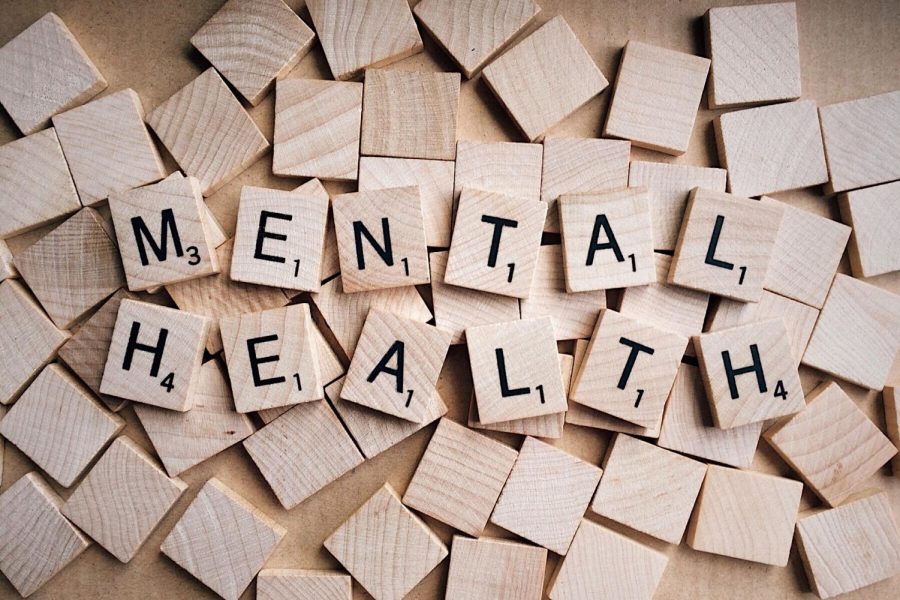Burton: Students Had Mental Health Problems before COVID-19
May 28, 2020
In addition to the physical threats it poses, the COVID-19 pandemic and the lifestyle changes it has required are having a considerable effect on public mental health. Though efforts to alleviate the impact of the crisis have included emotional support — many college students are struggling mentally and do not know where to go for help. But mental health among college students hasn’t suddenly become worse. In fact, rates of depression and anxiety among undergraduates have doubled over the last ten years. The world is in a tragic and overwhelming situation now, but the silver lining is that it can help us identify mental health trends and do better in the future.
A Feeling of Loneliness
Students’ mental health has been a concern since before the COVID-19 outbreak. In a 2019 NPR interview, psychiatrist Anthony Rostain mentioned that college students today are facing unprecedented circumstances including heightened insecurity about the future, high tuition costs and fierce competition. Reacting to these pressures, many universities around the U.S. have implemented student help centers. For example, the University of Utah has a student counseling center and several other resource centers for students of numerous special circumstances. Yet, as is the case among Utahns in general, many students don’t know about the resources available to them. In Utah, almost 40% of 12- to 17-year-olds and over half of adults with mental health issues do not receive treatment. Why is this the case?
Stigmas and Mental Health
Societal views about mental health make it exceedingly difficult for researchers and policymakers to accurately capture the magnitude of this issue. Common stigmas communicated through stereotypes and insulting slang about mental health conditions can prevent people from sharing their struggles with family, friends and even healthcare professionals. Receiving mental health treatment requires vulnerability, but if people receive backlash when they open up about their experiences with an illness or disorder, it only makes sense that they will be reluctant to share, much to their detriment. Sometimes even well-intentioned listeners can feel uncomfortable discussing mental and emotional health challenges, further alienating their suffering loved ones.
Financial Barriers to Necessary Care
Low mental health treatment rates result not only from stigmas and fear, but also high costs to both clients and therapists. A 45- to 60-minute counseling session can cost anywhere from $60 to upwards of $120. These aren’t arbitrary prices, though. Therapists face considerable costs — like office rentals, insurance and ongoing training for licensure renewal — just to maintain their practices.
Many students are fortunate to access on-campus mental health resources, but they may require more therapy beyond what the school provides or struggle to get an appointment when the counseling center is overwhelmed. There are some fortunate developments happening, however. Thanks to video conferencing technology, counseling sessions can take place online, which lowers the cost. Many companies and organizations are providing these kinds of online resources to assist their employees during the pandemic. Since they tend to be cheaper and more flexible, online resources for mental health may become more popular in the future and thus more affordable. Some online counseling companies, like BetterHelp, enjoyed success even before the COVID-19 crisis and may prompt more companies to follow suit with a similar model. Additionally, since affordable healthcare has become a hot topic in public discourse, mental health may become cheaper in the coming years through political reforms.
Keeping the Door Open
For so many social malaises, the problem isn’t real or urgent to us until we experience it ourselves. Unfortunately, this rings particularly true in terms of public mental health — but the COVID-19 pandemic, devastating though it has been and will continue to be, has shed some light on this critical issue. It is imperative that newfound attention directed toward mental health doesn’t diminish once the pandemic has ended. It’s understandable to want things to return to normal, but it would be a shame if nothing changed.
College students today face an uncertain future. Many need counseling but don’t seek it due to social stigmas and steep costs. The pandemic, as tragic as it is, has exposed these wounds that have been hidden for so long and may prove to be the warning bell policymakers need to finally address this longstanding public health crisis.








